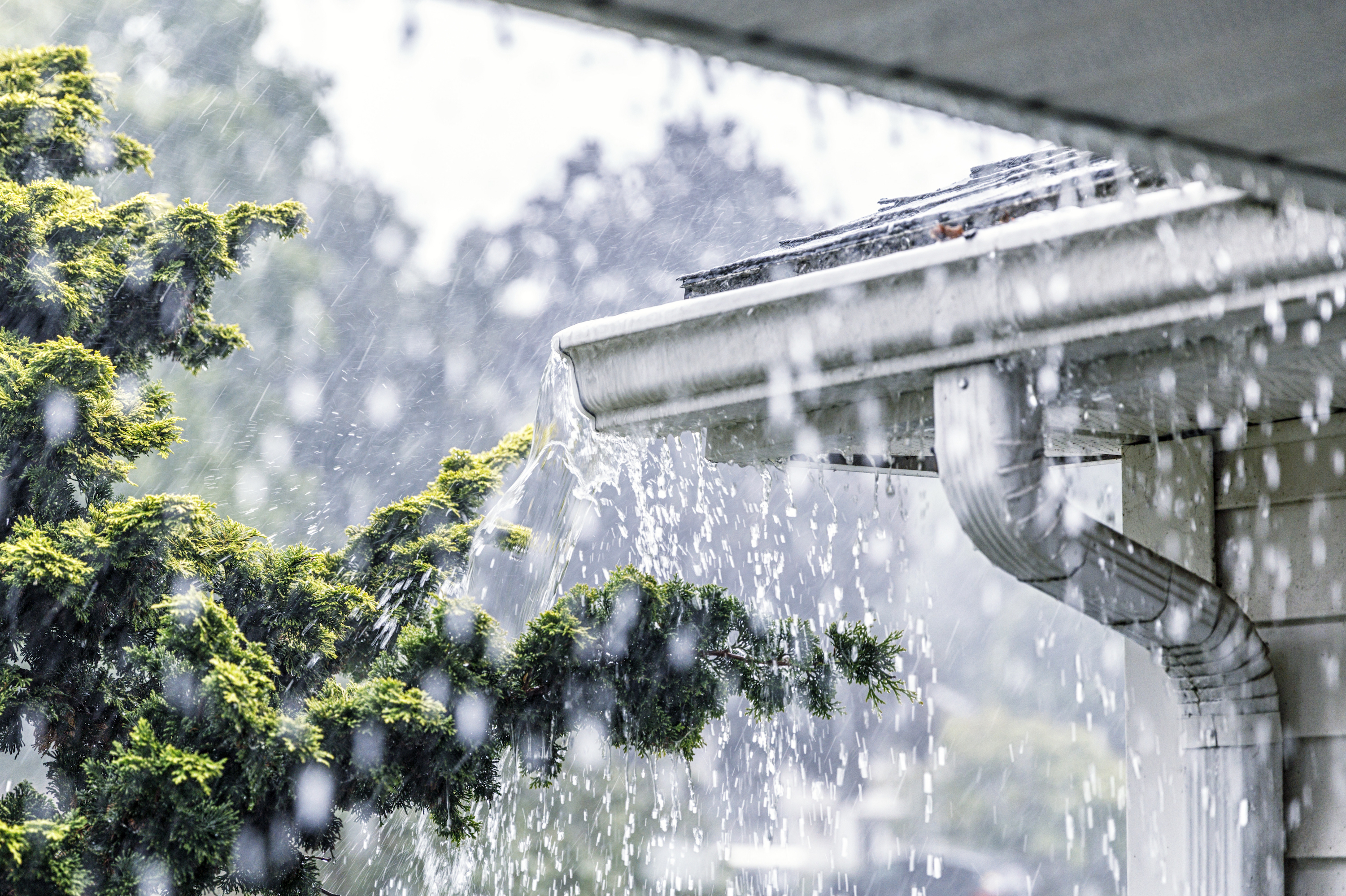Wolseley PRO Pipeline Blog
You know what they say: April showers bring May flowers. But for many, spring and even summer rains means flooding, expensive renovations and home maintenance. With April being the wettest month of the year, it’s no surprise that large amounts of rain impacts homeowners in the following months with expensive and unforeseen renovations to repair the damage.
As a contractor, you can help homeowners take a preventative approach when it comes to protection from flood damage.
Spring Flood Prevention Tips
There are a few main areas of plumbing to approach when preventing spring floods. From the inside of a customer’s home to the outside, it’s important you observe and identify what needs to be changed to prevent flooding.
Clean Gutters and Downspouts
Gutters and downspouts are there for a reason: to transport the water falling off roofs away from the home or building, rather than towards the foundation. When inspecting, pay attention to the gutters and downspouts. Water may be getting trapped in the gutters and downspouts along with leaves, sticks and other debris. This eventually causes a backup which can be costly for homeowners.
If you see the gutters and downspouts need cleaning, you can repair the problem on site. If there is significant damage to the gutters and downspouts, you may need to replace the parts to solve the problem.
Check The Drainage Outside
Proper drainage, both inside and outside, prevents water from building up near the foundation. While gutters and downspouts are important for keeping water flowing away, make sure that the lawn or objects around the home or building are not preventing water from draining properly.
If you are making a visit to your customer after particularly heavy rainfall, observe if there is water pooling around the home or building. If you see large puddles and know this problem cannot be solved by extending drainpipes, there are alternative solutions. For example, a dry well can be added into the ground to hold excess water and slowly allow the water to drain back into the ground. For more ideas to encourage proper drainage, take a look at these clever solutions.
Test the Sump Pump and Drainage Inside the Home or Building
Don’t forget, a home’s internal drainage capabilities are crucial to preventing spring floods. The sump pump is the main key to flood prevention. If there is a suspected sump pump problem or you are simply testing a sump pump in a client’s home, there are a few things to keep in mind:
- Start by ensuring the sump pump intake valve isn’t blocked. A clear intake valve gives the sump pump the best performance when drawing in water
- If the customer has a submersible sump pump, make sure the pit is free of debris and the sump pump is situated upright.
- Make sure that the sump pump is running by adding water to the pit until the float moves to the top, and see if the motor runs. If the motor isn’t running properly or doesn’t fully empty the water out, check for pump damage, blockages or electrical problems.
Click here for more sump pump testing and maintenance tips.
Check for Leaks
Once you know the sump pump is working, take a look at other areas in a client’s home or building that are currently leaking or frequently leak, like basements, lower levels, and bathrooms.
Take immediate action depending on what you see. Leaks can cost homeowners thousands of dollars on their water bill and can lead to bigger breaks, while the average cost for fixing leaking pipes is $559, depending on the size of the repair needed. A quick check on the pipes and fixing them is a small investment of their time and money, but homeowners avoid unnecessary spending on future water bills or larger repairs.
Talk To Customers About Preventative Flood Measures
To help homeowners avoid flooding problems, it’s a good idea to educate them in terms of what they can do. Here are some examples:
1. Suggest purchasing a backup generator for the sump pump. This will give homeowners peace of mind in the event of a power outage. With a backup sump pump, they will always be protected.
2. Suggest installing flood sensors and using smart technology to monitor the home or building. These devices send notifications to a paired smartphone if high moisture levels are detected. They are typically installed near sinks, toilets, washing machines, water heaters, and sump pumps. It’s important especially important for homeowners to have sensors in their basements, bathrooms and laundry rooms because they are high-moisture areas. Check out these great options for your customers:
GROHE Sense is a great, easy to install option to detect flooding and monitor temperature and humidity around the house. It sends alerts to your customers’ smart phone when problems are detected.
GROHE Sense Guard water control system continually monitors water pressure in the pipes for the house, detecting every anomaly. If a pipe burst is detected, it automatically shuts off the water supply and sends an alert to the connected smart phone. Plus, it monitors changes in temperature and water pressure to help prevent frost damage, and more. Installation is easy and fast, taking only about 90 minutes.
3. Suggest alternative storage options for belongings during the wetter seasons. Basements and sub-ground rooms tend to be a victim to flooding. If your homeowners take preventative measures before flooding can occur, they can save themselves thousands of dollars and heartache over damaged items. Suggest they raise electronics, wires, or special items like photo albums or toys, off the ground. They may want to temporarily move these items to a location in the home that stays relatively dry until the wet season has passed.
4. Suggest Homeowner’s Flood Insurance. Floods cost homeowners thousands of dollars each year. If they live in an area prone to flooding, or if the home has previously flooded, flooding insurance is a great idea. They’ll have coverage in the event a flood happens, and they won’t need to spend extra from their pocket to repair flood damage.
5. Suggest an outdoor maintenance change for your customers if they experience flooding during spring thaws. If snow tends to build up close to home and owners notice large puddles when spring arrives, advise your customers to consider moving snow further away from the foundation.
Spring Is Flood Prevention Time
Just because spring is here doesn’t mean flooding has to happen. Educating your clients on flood prevention is another way to show value and provide critical services to help them in the long run.
Did you find these flood prevention and water management tips helpful? Sign up to become a Wolseley PRO to receive tips, news and product information right to your inbox.









